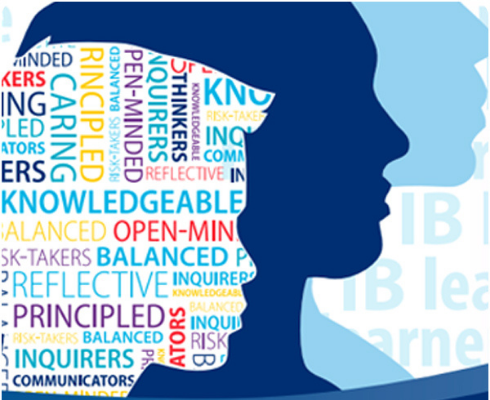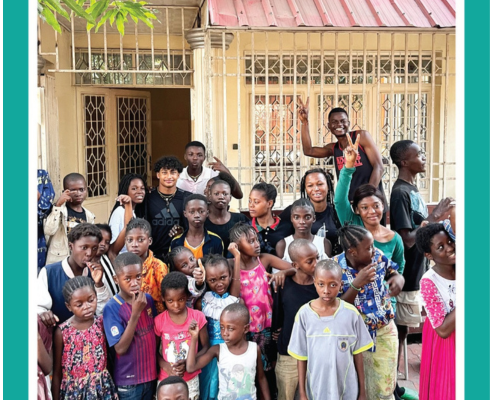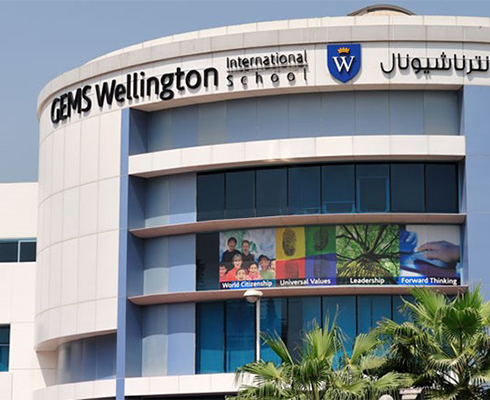
Connecting the Skills of HPL to the IB Learner Profile
How connecting the skills of HPL to the IB Learner Profile could have a positive impact on Post 16 outcomes.
Change is and always has been a fact of life, but let’s face it, Covid 19 and the “new normal” has brought unprecedented changes and challenges for all. Allowing students to build on something they are already familiar with HPL and creating opportunities for them to see the intrinsic links between High Performance Learning and the IB Learner Profile at the transition phase of Year 11 will empower students to build on prior knowledge. ‘A person's background knowledge, often called prior knowledge, is a collection of "abstracted residue" (Schallert, 2002, p. 557) that has been formed from all of life's experiences. We all, whether as a toddler or a centenarian, bring diverse bits of background knowledge—consciously or subconsciously—to every subsequent experience, and we use them to connect or glue new information to old. Background knowledge and making links is an essential component in learning because it helps us make sense of new ideas and experiences.’ Making explicit connections from HPL to the IB Learner Profile will allow students an opportunity to engage in the familiar whilst making new connections and acquiring the new language that will play an integral focus throughout their IB studies. Engaging in the connections of HPL and the Learner Profile will potentially build confidence, support well being, whilst at the same time create an excitement of something new. A recent study carried out on current Year 12 students showed that 27% of students have often thought about the possible connections between HPL and the IB Learner Profile, and suggested that a stronger connection “could have been helpful for those early developments”.
As a High Performance Learning School, WIS ensures that HPL values, skills and attitudes are embedded into the culture of teaching and learning from Foundation Stage up to and including Year 11. From confidence, collaboration and risk-taking to agile thinking, concern for society and perseverance, students at WIS are preparing for study, work and life. High Performance Learning is embedded in all aspects of teaching and learning throughout the Lower, Middle and Upper School and excellence at WIS from Foundation to Year 11 involves students actively engaging in the HPL skills alongside the Values, attitudes and key characteristics that High Performance Learning recognises. The Language of High Performance Learning is embedded within the culture of WIS and as a high Performance Learning School, we are “continually seeking to refine and improve” (Eyres P.)
Lessons from Foundation Stage up to Year 11 "Make explicit to students (and parents) what they are trying to achieve and how they should participate" (Eyres P.) this creates confidence and excitement within our students leading them to even more successful student outcomes up to KS4. Ensuring that students are aware of what they need to achieve and allowing them to identify and develop their High Performance Learning skills empowers students to take ownership of their learning and in turn has a positive impact on the way that they approach learning with the VAA’S in mind at all times.
When students at WIS enter their chosen IB Pathway, the language of learning changes and the IB Learner Profile becomes integral to their daily teaching and learning. The IB learner profile places the student at the centre and the 10 attributes reflect the holistic nature of an IB education. The IB Learner Profile highlights the importance of creating curiosity and compassion, as well as supporting students to develop their knowledge and skills. Like HPL, the IB Learner Profile is concerned with students' social, emotional and physical well-being, and with ensuring that students learn to respect themselves, others and the world around them. The explicit development of these attributes is the foundation of creating successful lifelong learners who are able to navigate an ever changing world with an international mindset built on respect for themselves and those around them. Like HPL, IB teachers carefully facilitate their teaching using the IB Learner Profile and lessons are carefully structured with this in mind to allow students the opportunity to develop the mindset and behaviours for success at IB Level and beyond. Learning is a highly complex activity and each learner is unique. The concept of “learning” means different things to different people.The IB perceives education as holistic (Hare 2010) and at WIS we are continually preparing all of our students to be successful “Lifelong Learners.” Making intrinsic links between the skills and attitudes used in High Performance Learning and the learning attitudes and behaviours embedded within the IB Learner Profile, students could potentially enhance their learning and have even more success during the transition phase of Year 11.
How the visual connection is the starting point of acquiring the new IB language
As teachers of Year 11 begin the transition phase with their students, the visual document below can be used as an interactive tool to consolidate students' learning of HPL ,whilst showing them the new intrinsic links to the IB Learner profile. Year upon Year, students in Year 11 receive an introduction to the Learner Profile and even though there is excitement amongst many, there will always be students who are apprehensive about the new challenges ahead. The IB Learner Profile is usually delivered in isolation; it doesn’t have to be this way. Delivering an induction through the IB Year 11 Bridging Curriculum and sharing the visual with them will instantly allow them to feel connected and empower them with a feeling that they are already “bringing something to the table.” This explicit connection will support all students, in particular those students who are apprehensive about the transition process. The document could also potentially support new students who have come from an MYP school because they also can make a connection between the language used within the MYP and realise that there are many similarities between that and the language of HPL. This will create an almost ‘level playing field’ for new students and allow them to feel connected from the outset. At the transition phase, when students are completing learning activities within the class, they will be able to use their HPL skills and understand what this will look like at IB level. For example a group of students who are using their meta thinking ACP and self regulating will instantly know what these behaviours and skills are “ reflective” when using the Learner Profile. Equally when students are using their Analysing ACP and making critical and logical judgements in KS4, they will be able to understand that this translates to the “ thinking” attribute on the Learner Profile at KS5. Making these types of connections and explicitly being able to name explicit parts of the Learner Profile could potentially have a positive impact on student learning as they are building on current knowledge whilst developing it to the next level.
What could happen next?
When the HPL and IB visual is introduced to students during the transition phase, it will be interesting to see the impact that this has on student learning and mindset. Regular surveys and interactions with students will allow dialogues to take place where students are able to talk about their own attitudes and learning with regards to the document that they received. We know already through student surveys and regular Learning Walks that the IB Learner Profile at Key Stage 5 has a positive impact on learning attitudes and behaviours; making connections between HPL and the Learner Profile during the transition stage and allowing students to see the visual and make explicit connections has the potential and strength for stronger student outcomes.The document will also be useful for staff who are new to IB teaching yet who are familiar with HPL at Key Stage 4. Already several members of staff have trialled the document to support them with the planning stages of their IB lessons, this is something that can be developed further during Professional Development sessions, therefore like the students, allowing staff to see the connections and showing them explicitly how we build upon those skills at IB level. Bringing in the connection of HPL and new IB staff will again bring in the sense of the familiar, potentially creating the strength and connections for positive student impact and successful outcomes for all.
Works Cited
- Eyre, Deborah. High Performance Learning: How to Become a World Class School. Routledge, 2016.
- Lent, ReLeah Cossett. Overcoming Textbook Fatigue: 21st Century Tools to Revitalize Teaching and Learning. ASCD, 2012.
- Schutz, Paul A., and Sonja L. Lanehart. Special Issue: Emotions in Education. Lawrence Erlbaum, 2002.





